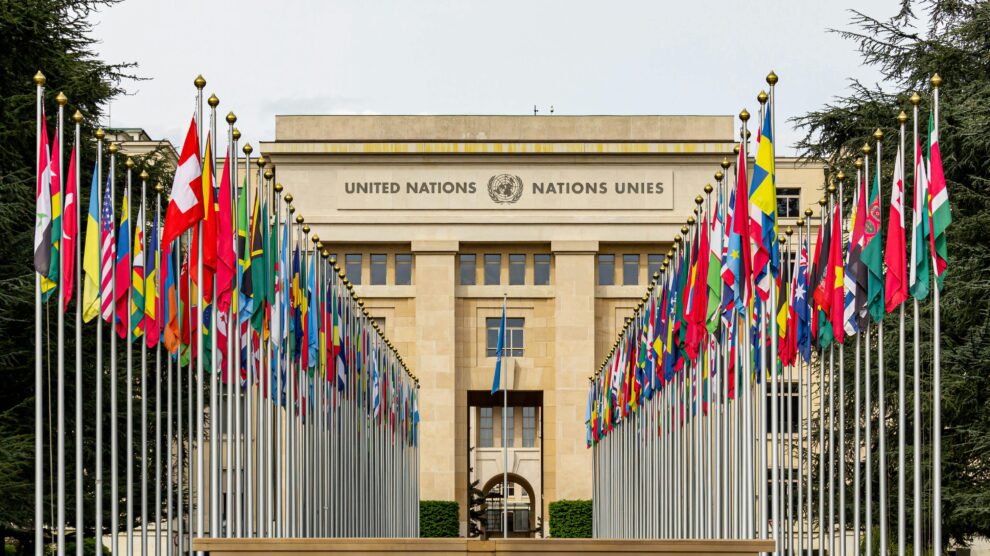The current system of international peacekeeping, primarily orchestrated through the United Nations (UN), has repeatedly demonstrated its limitations in addressing modern conflicts. While the UN was founded with the noble goal of maintaining international peace and security, its structures have often proven inadequate in the face of complex, protracted crises. This deep dive examines the systemic inefficiencies of current peacekeeping mechanisms, supported by statistics, real-world examples, and reports, to build a compelling case for the establishment of a Global Peacekeeping Alliance .
1. Structural Limitations of the UN Security Council
The UN Security Council (UNSC), the primary body responsible for authorizing peacekeeping missions, is often paralyzed by the veto power of its five permanent members (P5): the United States, Russia, China, France, and the United Kingdom. This structure, designed to prevent hasty or unilateral actions, frequently results in deadlock, as national interests override collective security concerns.
Syrian Civil War: Russia and China have repeatedly used their veto power to block resolutions aimed at addressing the Syrian Civil War. Since the conflict began, Russia has vetoed over a dozen resolutions, often to shield the Assad regime from sanctions or investigations into human rights violations. This has hindered efforts to hold the government accountable for chemical weapons use, obstructed humanitarian aid access, and prevented stronger international responses to civilian atrocities. China has often supported Russia’s vetoes, citing concerns over national sovereignty and opposing what it sees as Western-led regime-change efforts.

Israeli-Palestinian Conflict: The U.S. has consistently used its veto power to shield Israel from critical resolutions, blocking over 40 resolutions since 1972. This has stifled efforts to address issues such as settlement expansion and human rights violations in occupied territories. The lack of international consensus has perpetuated the conflict, with periodic escalations of violence and no clear path to resolution.
Read more in the book, The Global Peace Alliance

